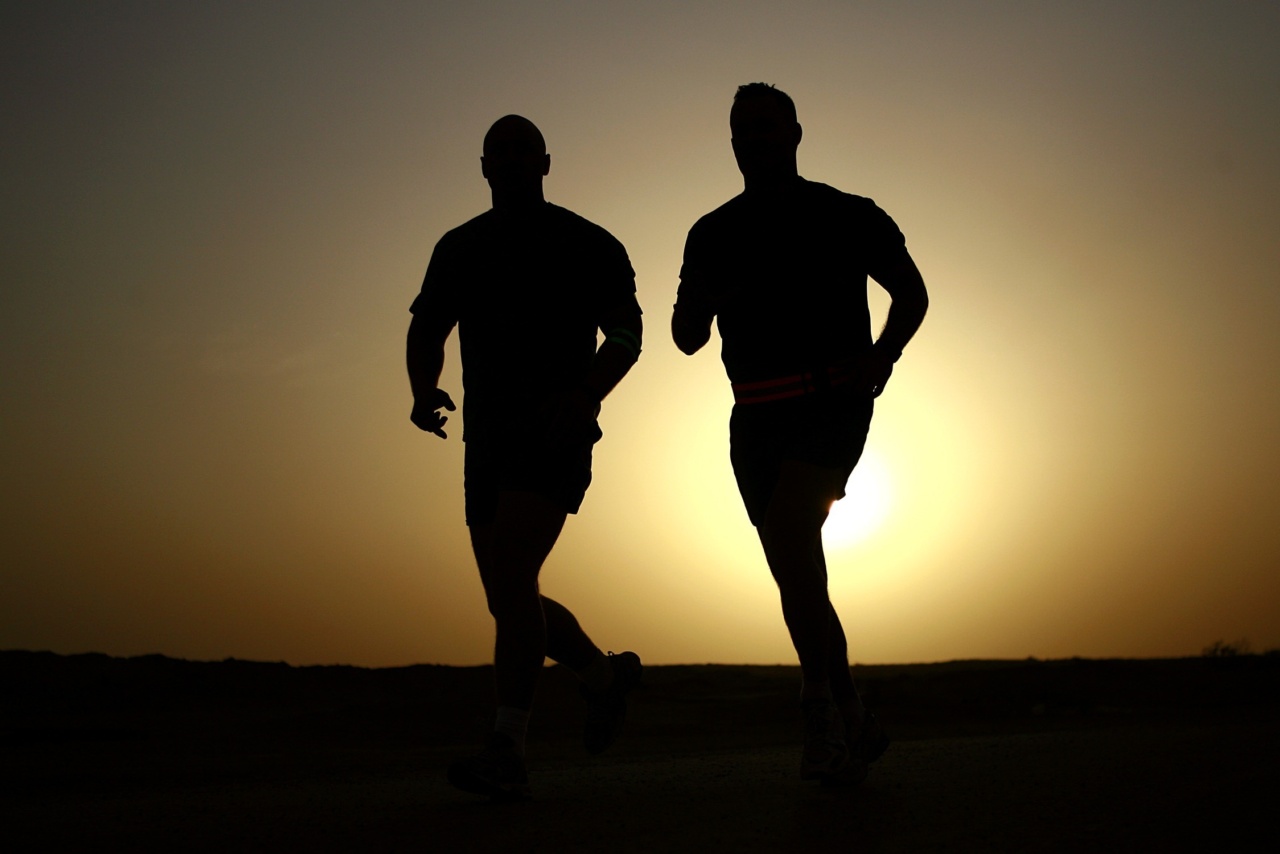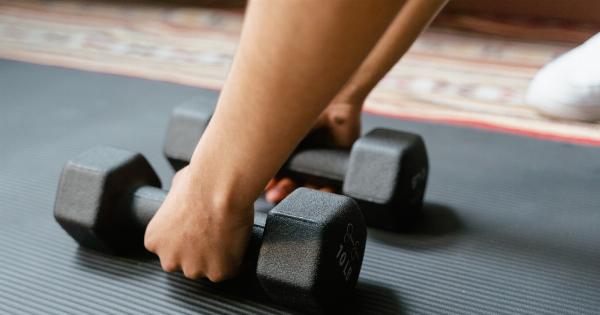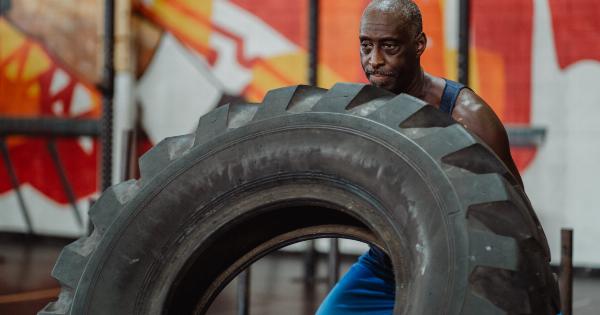Training for a marathon requires a comprehensive approach that includes a combination of long runs, speed workouts, and strength training.
Implementing a variety of exercises into your training routine will help you improve your endurance, speed, and overall performance on race day. In this article, we will discuss some of the best workouts for marathon training that will prepare you for the grueling 26.2-mile journey.
1. Long Runs
Long runs are a crucial component of marathon training as they build your endurance and prepare your body for the demands of running for an extended period.
Gradually increase your mileage each week, targeting a pace that allows you to maintain good form and conversation. Aim to complete one long run per week, progressively extending the distance to simulate the marathon distance.
2. Tempo Runs
Tempo runs are an excellent way to improve your speed and stamina. These runs involve running at a comfortably hard pace, just below your anaerobic threshold, for an extended period.
Start with a 10-minute warm-up followed by sustained tempo effort for 20-40 minutes. This type of workout helps in increasing lactate threshold and the ability to maintain a steady pace.
3. Interval Training
Interval training involves alternating between high-speed and recovery phases. This type of workout strengthens your cardiovascular system and improves your running economy.
One popular interval workout is the 400-meter repeats, where you run at a high intensity for 400 meters followed by a recovery jog. Repeat this cycle for a designated number of repetitions.
4. Hill Repeats
Running uphill forces your muscles to work harder and improves your overall strength and power. Incorporate hill repeats into your marathon training routine by finding a moderately steep hill and sprinting up for a specific duration or distance.
Walk or jog back down to recover and repeat the cycle several times. Hill repeats will not only build leg strength but also enhance your mental toughness.
5. Fartlek Training
Fartlek, meaning “speed play” in Swedish, is a training method that combines periods of fast running with periods of slower recovery running.
During a fartlek run, you can vary your pace and distance, making it a versatile and enjoyable workout. Incorporate bursts of faster running into your regular runs, such as sprinting between lampposts or running at a faster pace for a set amount of time.
6. Cross-Training
While running is crucial for marathon training, incorporating cross-training exercises into your routine is equally important. Activities such as cycling, swimming, or strength training can help develop muscle groups that running alone may neglect.
Cross-training also allows for active recovery, reducing the risk of overuse injuries and improving overall fitness.
7. Strength Training
Strength training should not be overlooked during marathon training. Focusing on core exercises such as planks, squats, lunges, and deadlifts will help improve your running posture and stability.
Additionally, strengthening your leg muscles will provide better support during long runs and reduce the risk of injuries.
8. Recovery Runs
Recovery runs are shorter, slower-paced runs that help your body recover from more intense workouts. These runs should be done at an easy pace, allowing your muscles to recover and adapt.
Incorporating recovery runs into your training program promotes active recovery and reduces the risk of overtraining injuries.
9. Cross-Training Workouts
Cross-training workouts can provide marathon runners with a break from pounding the pavement while still providing cardiovascular benefits.
Exercises such as swimming, cycling, or using an elliptical machine can help reduce the impact on joints while maintaining your aerobic fitness. Aim for at least one or two cross-training sessions each week, focusing on low-impact activities that complement your running.
10. Rest and Recovery
Rest and recovery are crucial parts of marathon training. Your muscles need time to repair and adapt to the stress of running.
Make sure to schedule regular rest days and incorporate active recovery activities such as stretching or gentle yoga into your routine. Pay attention to your body’s cues and listen to any signs of overtraining or fatigue.




























